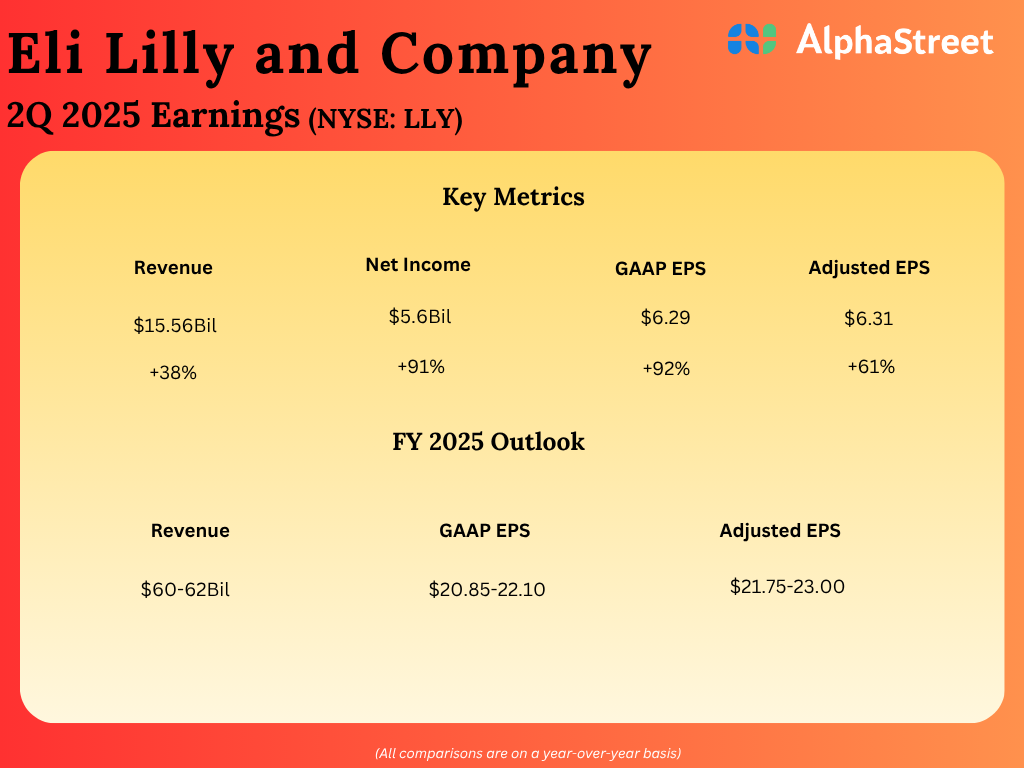This article was originally published on FutureVault.com.
Statistics provide us with valuable insights into current challenges that exist across the financial services and wealth management industry, along with how firms (and technology providers) can look for ways to improve their future chances of success. By analyzing data and identifying trends, firms can make informed decisions about their products, services, marketing strategies, and notably, technology investments.
Below are five statistics that are quite telling with respect to many of the current challenges (and thus opportunities) along with what the future has in store when it comes to implementing and overcoming (wealth)tech challenges.
More importantly, the five statistics referenced below all point toward the significance of partnering with and implementing best-of-breed technology that delivers seamless integration, workflow, and experiences for your staff, advisors, and importantly, your clients.
1) Relationship Managers spend 60 to 70 percent of their time on non-revenue-generating activities
According to insight shared by McKinsey & Company based on conversations with industry professionals and experts, it is estimated that Relationship Managers spend 60 to 70 percent of their time on non-revenue-generating activities, amid rising regulatory and compliance obligations.
In other words, more than 2/3 (two-thirds) of modern professionals’ time is being spent in areas outside of where they would like to be—and need to be—spending their time.
Wealth managers are unlikely to be able to serve their clients effectively without a digitized operating model that supports both advisory and non-advisory activities.
In a highly connected world, clients not only want but expect faster and more convenient offerings and a cutting-edge digital experience. Amid rising competition, established wealth managers need to keep pace with new offerings as they retain the values that set them apart.
Source: McKinsey
2) 94% of practice management professionals find limited technology integration creates productivity challenges
According to recent research from Cerulli & Associates, 94% of practice management professionals have reported that limited technology integration creates productivity challenges for their organizations.
The lack of integration between various technologies results in time-consuming manual data entry, duplication of efforts, and difficulty in accessing information across systems. This limitation ultimately hinders the productivity of the organization and prevents them from realizing their full potential. The study highlights the need for firms to invest in integrating their technologies to enhance productivity, streamline processes, and remain competitive in today’s digital landscape… all of which can be achieved by leveraging a best-of-breed ecosystem.
Source: InvestmentNews Research 2022 Adviser Technology Study
3) 57% of advisors say the lack of integration between their core applications is the most significant pain point with technology
Interoperability, in other words, the ability to seamlessly connect technology and workflow, is fundamental to driving business outcomes and creating a well-thought-out, seamless experience both across the enterprise and with clients.
By partnering with and rolling out best-of-breed solutions that have demonstrated interoperability with one another along with solid working relationships, firms, and institutions can significantly increase the success rate of their digital transformation initiatives with confidence.
True interoperability, however, goes far beyond its technological component. Interoperability is as much about connecting people and the vision as it is about providing an integrated experience and workflow between core applications.
Source: InvestmentNews Research 2022 Adviser Technology Study
4) More than 70% of heirs are likely to fire or change financial advisors after inheriting their parents’ wealth
According to Cerulli, more than 70% of heirs are likely to fire or change financial advisors after inheriting their parents’ wealth.
This disconnect can become a significant wrench in any estate, let alone for an advisor’s business continuity. Advisory practices that have not already done so will need to shift their mindset and strategically engage their clients’ spouses and children on a more regular basis.
“The looming wealth transfer presents a significant opportunity for advisory firms that can adapt to a shifting landscape and evolving wealth demographic… It remains critical for wealth management firms to have thorough discussions with clients and ensure they have well-designed and adaptable intergenerational plans in place.” (Chayce Horton, Analyst)
More than ever, it’s evident that advisors need to establish an intergenerational continuity plan that not only helps to retain assets, but also facilitates the transfer of knowledge, expertise, and critical information to family members.
Having a structured information management plan in place and providing family members with access to this information is a key component of any continuity and succession plan. This will help to ensure a smooth transition of assets and provide peace of mind for clients and their families.
One of the most effective ways firms and advisors can execute an intergenerational continuity plan is by implementing a secure digital vault for family legacy information and documents.
A well-structured digital vault can serve as a central repository for all of the important documents and information that clients and their families need to access in the event of a change in circumstances, such as the passing of a family member or the retirement of an advisor.
Source: Cerulli & Associates
5) 51% of financial advisors are thinking about leaving for an organization with better tech tools
According to recent research from Deloitte, 51% of financial advisors are thinking about leaving for an organization with better tech tools.
The alarming reality here is that 50% of your staff and advisors could hand in their resignation tomorrow all because they do not have access to the best technology, tools, and resources.
Technology matters.
To your Back Office.
To your Advisors.
To your clients.
To the next generation.
Investing in best-of-breed solutions isn’t just a “technology” investment — it’s a people, culture, and overall strategic business investment for today and for the future.
Source: Deloitte
The views and opinions expressed herein are the views and opinions of the author and do not necessarily reflect those of Nasdaq, Inc.







































